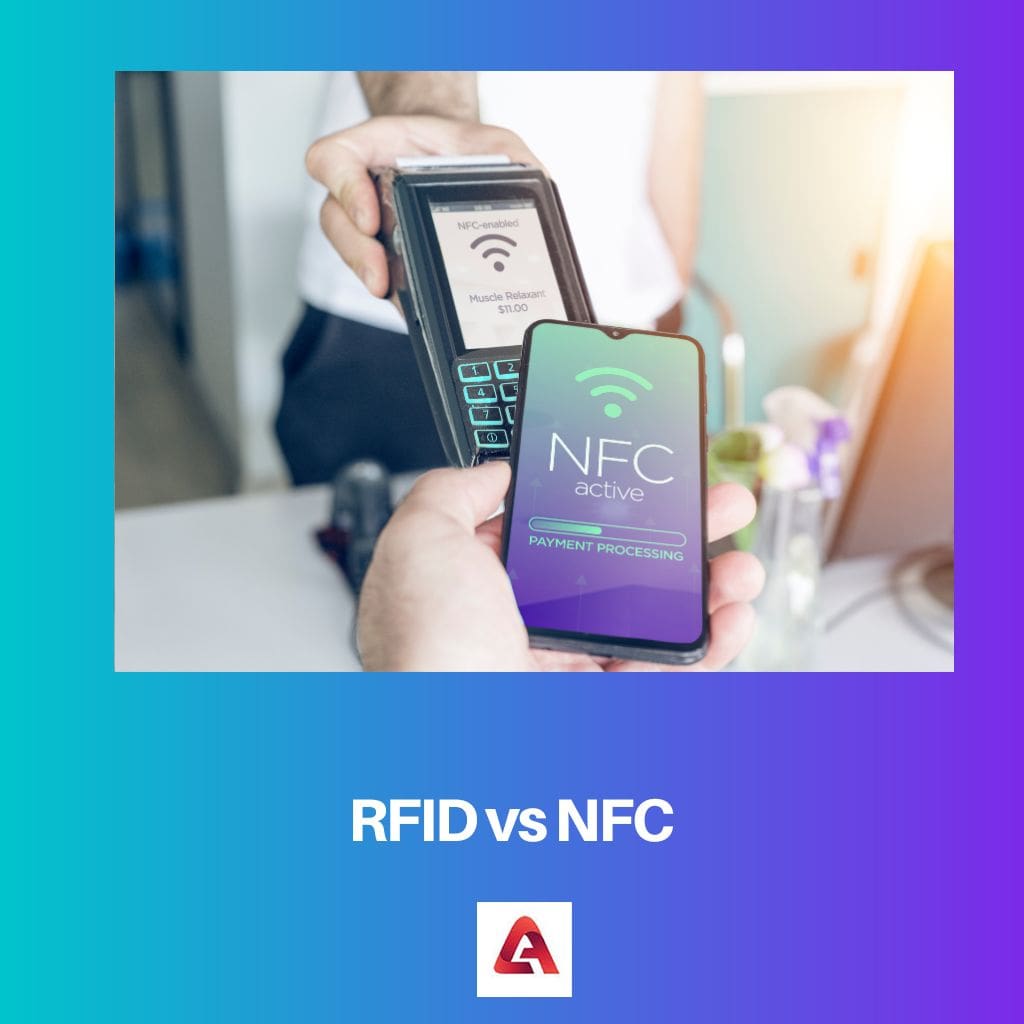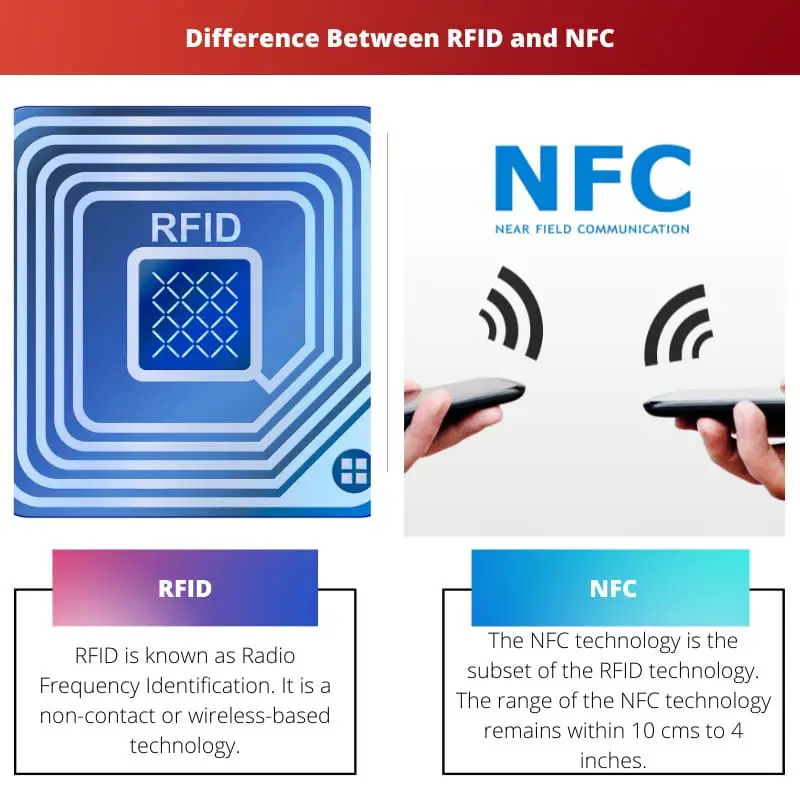There are many wireless technology options to choose from, which makes it tough for people to choose the right access control system according to someone’s needs and preferences.
RFID and NFC are two wireless technologies whose acronyms have a similar meaning in the wireless technology system. People get confused between these two because of the similarities the acronyms and the technology hold.
They are close cousins of the wireless technology system.
These wireless technologies are gaining popularity worldwide among many industries and companies. They are becoming popular for asset tracking or tagging.
Key Takeaways
- RFID is a wireless technology for longer-range identification and tracking, while NFC is a short-range communication technology enabling data exchange between devices.
- RFID operates at various frequencies, allowing for a greater range of applications, while NFC exclusively uses the 13.56 MHz frequency.
- NFC is more secure than RFID due to its short range and encryption capabilities, making it suitable for contactless payments and secure data transfer.
RFID vs NFC
The difference between RFID and NFC is that RFID is also known as Radio Frequency Identification, it is a technology that only provides one-way communication and has its own power source, whereas NFC stands for Near Field Communication, the NFC technology is a technology that provides a two-way communication but does not have its own power source.

RFID is known as Radio Frequency Identification. It is a wireless technology that employs signals for tracking and tagging. RFID does not require any action by the user. This system has a tag, reader, and antenna.
This technology has its own power source. The range for this remains between a few meters. This technology helps with the minimization of efficiency.
NFC is called Near Field Communication. The NFC technology does require action by the user. This technology does not have its own power source.
The range of the NFC technology remains within 10 CMS to 4 inches. The NFC technology requires two transmitting devices. It works on 13.5 MHZ.
Comparison Table
| Parameters of Comparison | RFID | NFC |
|---|---|---|
| Abbreviation | RFID is known as Radio Frequency Identification. | NFC is called Near Field Communication. |
| Categorization | RFID is categorized into active and passive. | NFC is also categorized into active and passive. |
| Action by user | RFID does not require any action. | NFC does require action. |
| Communication | This technology only provides one-way communication. | This provides two-way communication. |
| Range | This technology transmits the data within a few meters. | This technology transmits the data only within 4 inches. |
| Power source | This technology has its own power source. | This technology does not have its own power source. |
What is RFID?
RFID is known as Radio Frequency Identification. It is a non-contact or wireless-based technology. It uses magnetic fields to identify and track.
RFID is a technology that identifies tags using radio waves. It stores data and does need not to be charged.
This system has a tag, reader, and antenna.
The tag in the RFID technology uses the radio waves for sending data. This data could be location, delivery time, etc. The tag also contains a memory chip that stores the data.
This technology can be Active or passive. The active tags present in the RFID have their own source for power. The passive RFID relies on the energy that the technology receives from the device.
Managers can increase their productivity by using this technology. This technology helps with the minimization of efficiency.
RFID technology is used in retailing asset management or tracking because it can scan and read a large number of tags. This technology does not require any further action by the user.
This technology is easily implemented and does not require further hardware. The RFID also gives a real-time notification.
This technology is gaining attention because of its advantages. Some high-frequency RFID also works at 13.5 MHZ. This technology transmits the data within a few meters.

What is NFC?
NFC is called Near Field Communication.
The NFC technology is the subset of the RFID technology. The range of the NFC technology remains within 10 cms to 4 inches.
The NFC technology is also a wireless technology that uses radiofrequency waves to have a short communication with the devices. NFC requires two transmitting devices. It works on 13.5 MHZ.
The NFC technology is built on RFID technology.
NFC is also categorized into active and passive. The NFC system or technology has a reader and a target.
In the active mode, the NFC technology can send and receive data. In the passive mode, the NFC structures the amplitude and sends it back to the initiator.
The NFC technology tags are small chips that store data.
This technology requires action by the user. Thus, it is a user-interactive technology.

Main Differences Between RFID and NFC
- RFID stands for Radio Frequency Identification, whereas NFC is called Near Field Communication.
- NFC is a subset of the RFID, whereas RFID works using radio waves frequencies.
- RFID have their own power source, whereas NFI does not have their own power source.
- RFID is a system that can operate on its own, whereas NFI needs a user to operate it.
- RFID allows one-way communication, whereas NFC allows two-way communication.
- The NFC technology can store more complex data than NFID.
- NFC is restricted within 4 inches, whereas RFID can transmit between a few meters.
- NFC has two modes, passive and active, while RFID also has two modes; passive and active.




